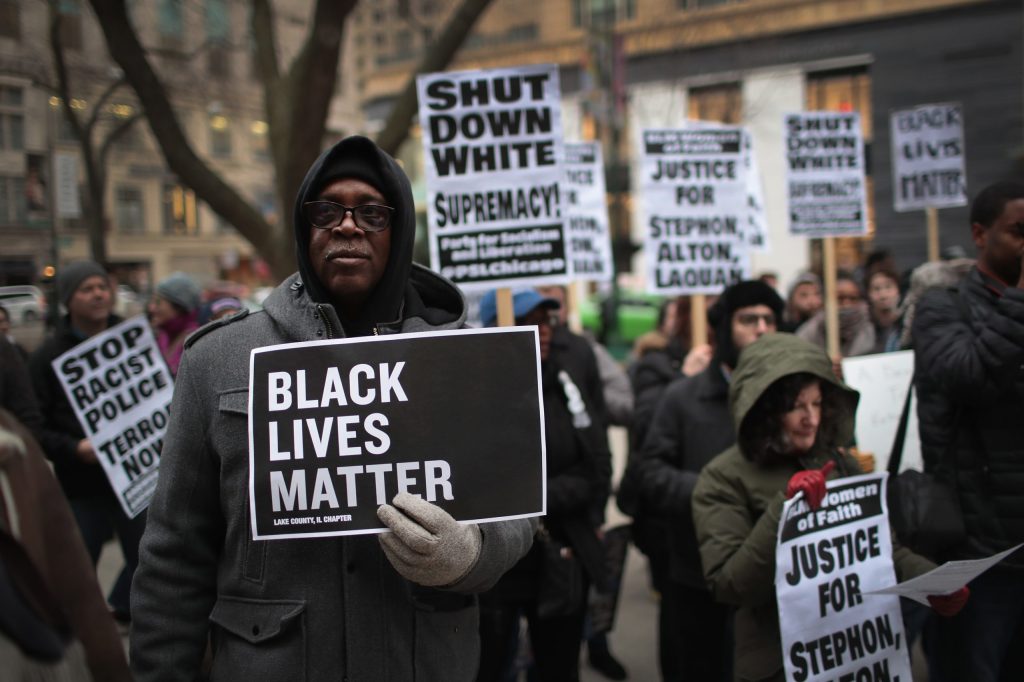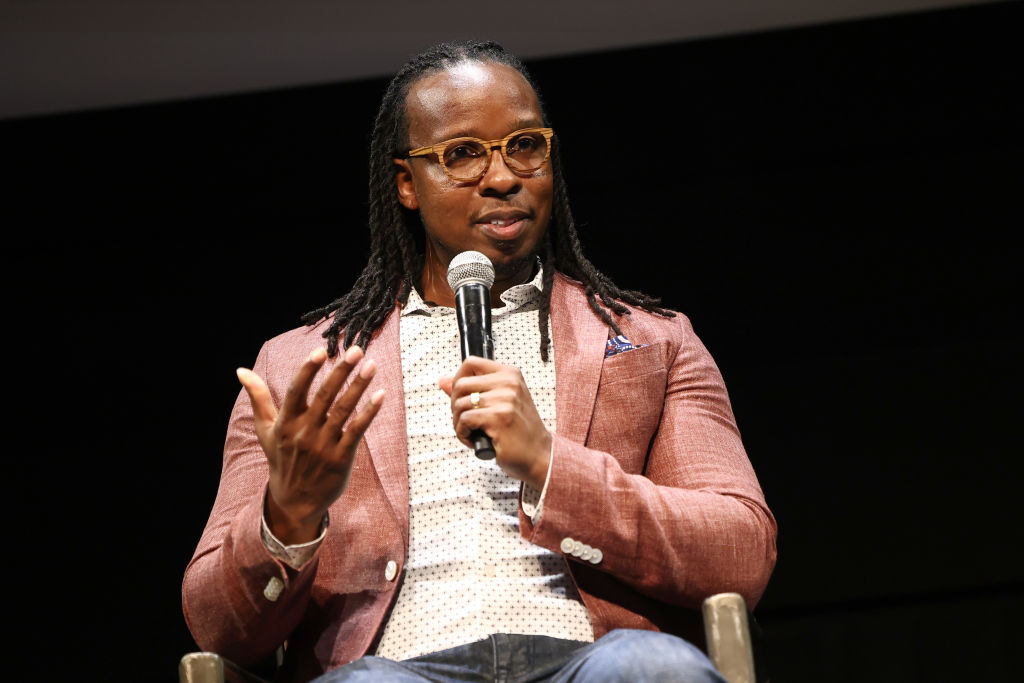This article is in
The Spectator’s October 2019 US edition. Subscribe here.
‘I have observed,’ Joseph Addison wrote in 1711 in the first article in the first issue of the first version of The Spectator, ‘that a Reader seldom peruses a Book with Pleasure, ’till he knows whether the Writer of it be a black or a fair Man, of a mild or cholerick Disposition, Married or a Batchelor, with other Particulars of the like nature, that conduce very much to the right understanding of an Author.’
Thomas Chatterton Williams has earned a reputation as a tough, thoughtful and genuinely interesting commentator on race. In an influential 2015 essay in the London Review of Books, he criticized Ta-Nehisi Coates for discounting the individual autonomy of black Americans. In a 2017 op-ed for the New York Times he argued that the essentialism of leftist identity politics is dangerously similar to that of white nationalism.
Williams’s first book, Losing My Cool: Love, Literature, and a Black Man’s Escape from the Crowd (2010), was a memoir of growing up as the son of a white mother and a black father from the segregated South. His extraordinary, self-taught father filled their small house with thousands of books and tutored his sons daily to ensure they would succeed.
Williams is biracial, but has generally described himself as black. Yet Self-Portrait in Black and White opens with an unusual note. Writing the book, he ‘tried to cast doubt on and reject terms’ such as ‘white’, ‘black’, ‘mixed’, ‘biracial’ and ‘Asian’, frequently by placing them in quotation marks. But he inevitably found himself falling back on ‘our language’s descriptive conventions’ and identifying people ‘as they are commonly understood’. But that, he insists, ‘does not mean that I believe these terms are helpful, accurate, or true’.
What changed? In 2013, Williams and his wife, a white Frenchwoman, had their first child. After he saw the baby — shockingly blonde, light-skinned, blue-eyed — he shut himself in a bathroom and cried. He loved his daughter, yet on some ‘irrational but viscerally persuasive level’ he felt he had committed a crime: ‘I think I feared that, like a modern Oedipus, I’d metaphorically slept with my white mother and killed my black dad.’
His quarter-black child, as white-looking as any Scandinavian, reminded him of a philosopher’s puzzle, the ship of Theseus. The ship is kept seaworthy by replacing individual planks. If none of the original planks remain after years of repairs, is it still the same ship?
Williams’s investigation of that dilemma is an elegantly written and challenging mixture of memoir and critical argument. Books on race tend to package received wisdom as provocation, but Self-Portrait in Black and White admirably embraces both intellectual complexity and the messiness of human experience.
It is obvious that race is socially constructed. But this is one of those truths that needs depressingly frequent repetition — even in 2019, because the most nakedly reactionary forces in America, and the most ostensibly progressive ones too, are both thoroughly invested in ‘identity’. Williams quotes Albert Murray: ‘Any fool can see that the white people are not really white, and that black people are not black.’ To further complicate matters, the US has a long history of light-skinned black people ‘passing’ as white. Ethnic categories on the census have changed frequently. Many Americans who ‘identify’ as white today wouldn’t have done so in the past, and vice versa.
Williams acknowledges the inevitable reply: sure, you can ‘choose’ how you identify — or reject identity entirely — but society will still identify you, with real consequences. You may not identify as black, but if a racist cop pulls you over, you’ll be black whether you like it or not. Williams also acknowledges that it is easier for him to ignore racial categories than it is for others, because he’s racially ambiguous, and often taken for Arab or Mediterranean.
But that doesn’t mean the rest of us shouldn’t try. Williams mentions political commentator Kmele Foster, a dark-skinned man of Jamaican descent who, on philosophical grounds, refuses to identify as ‘black’. Foster, like Williams, argues for a distinction between the ‘anti-racist project’ championed by writers like Coates and Ibram X. Kendi, and something more foundational and challenging: the ‘anti-race project’.
Of course, it’s easier said than done, and claims to ‘color-blindness’ are often employed by a certain kind of blithely unreflective ‘white’ person. Williams describes his frustration with a white relative whose cavalier dismissal of the concerns of the Black Lives Matter movement springs from an obvious empathy deficit. But if ‘I don’t see race’ is one of the least persuasive phrases in the English language — up there with ‘Money doesn’t buy happiness’, and often said by the same type of person — it’s also true that racism and race are learned, and that defeating the first is impossible without unlearning the second.
Reading Williams’s book during a family reunion in New England, I couldn’t escape how conspicuously ‘white’ my huge, vaguely preppy, Irish Catholic family still is. But I also noticed the enormous warmth with which the family has received a ‘black’ foster child, and how easily and unselfconsciously the toddler assimilates into a family of lobster-eating, fly-fishing pseudo-WASPs. Will she grow up troubled by the difference between her skin and ours? Or will she marvel at the idea that anyone ever cared?
This article is in The Spectator’s October 2019 US edition. Subscribe here.



























